This biography describes the major life events of feminist writer Mary Wollstonecraft, author of A Vindication of the Rights of Woman.


This biography describes the major life events of feminist writer Mary Wollstonecraft, author of A Vindication of the Rights of Woman.
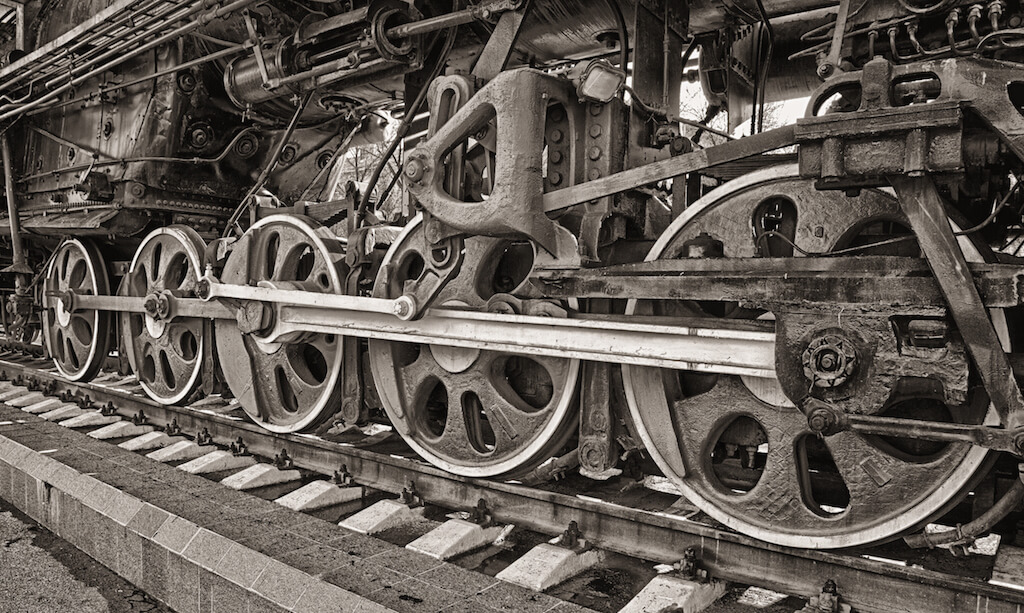
Tech company CEO Richard White compares current internet service providers and how to regulate them to railroad companies of the Gilded Age.
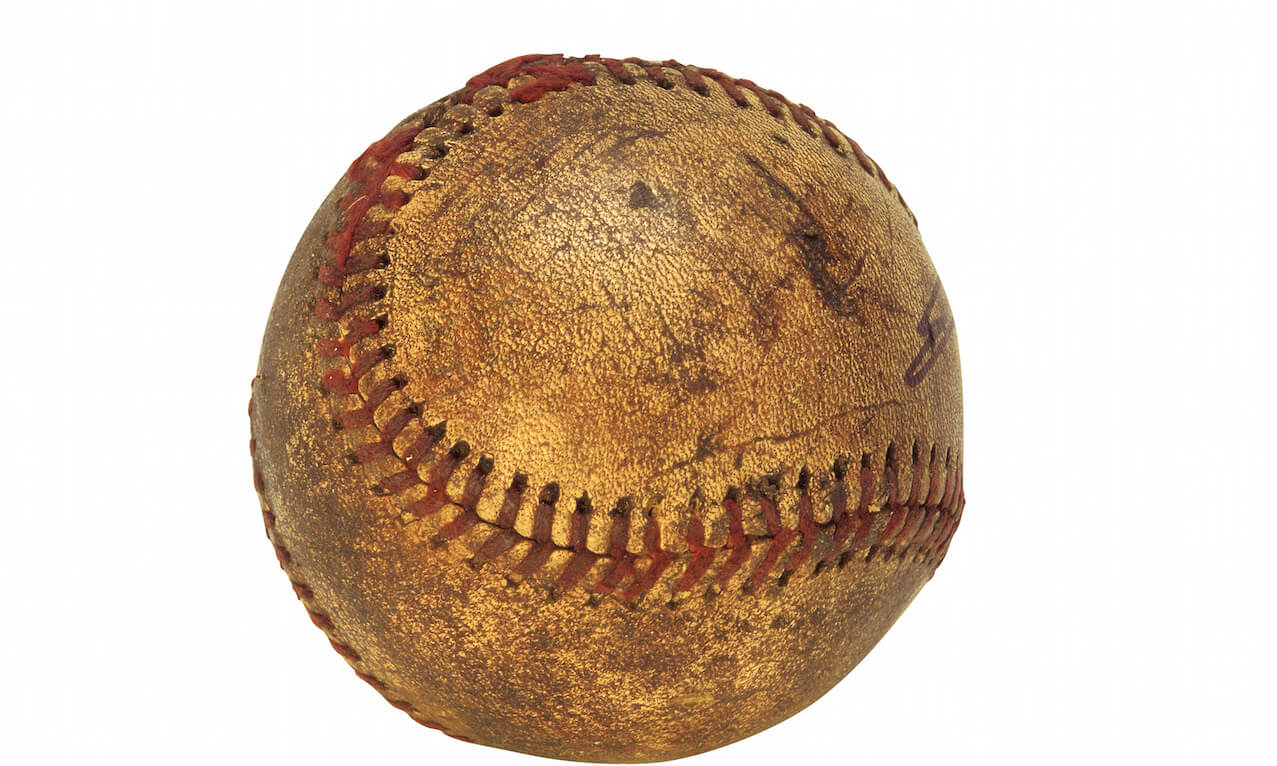
In this account of baseball history, read about black ball clubs’ interactions with white ball clubs and how the players fought for more equality on and off the field.
This aticle explains what led to the Boston Massacre in March 1770 and what its effects were.
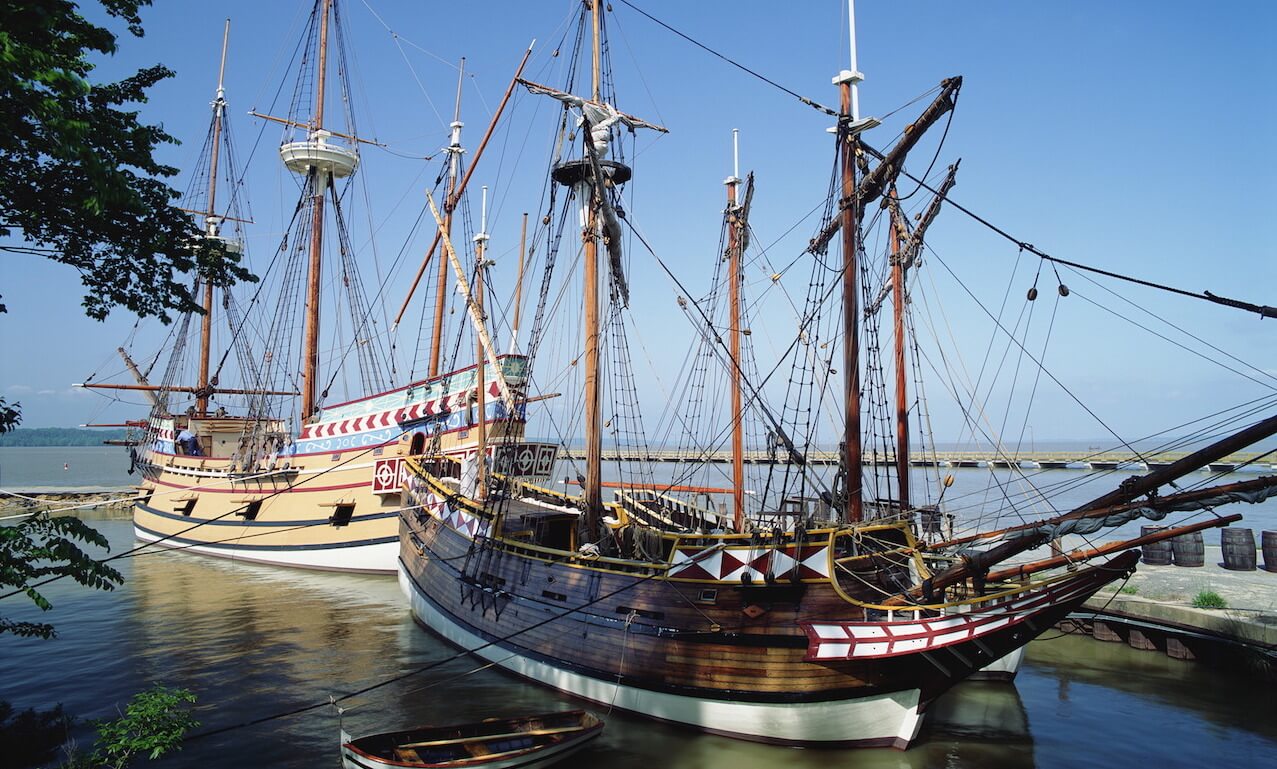
This biography details the life of early American colonist John Smith.
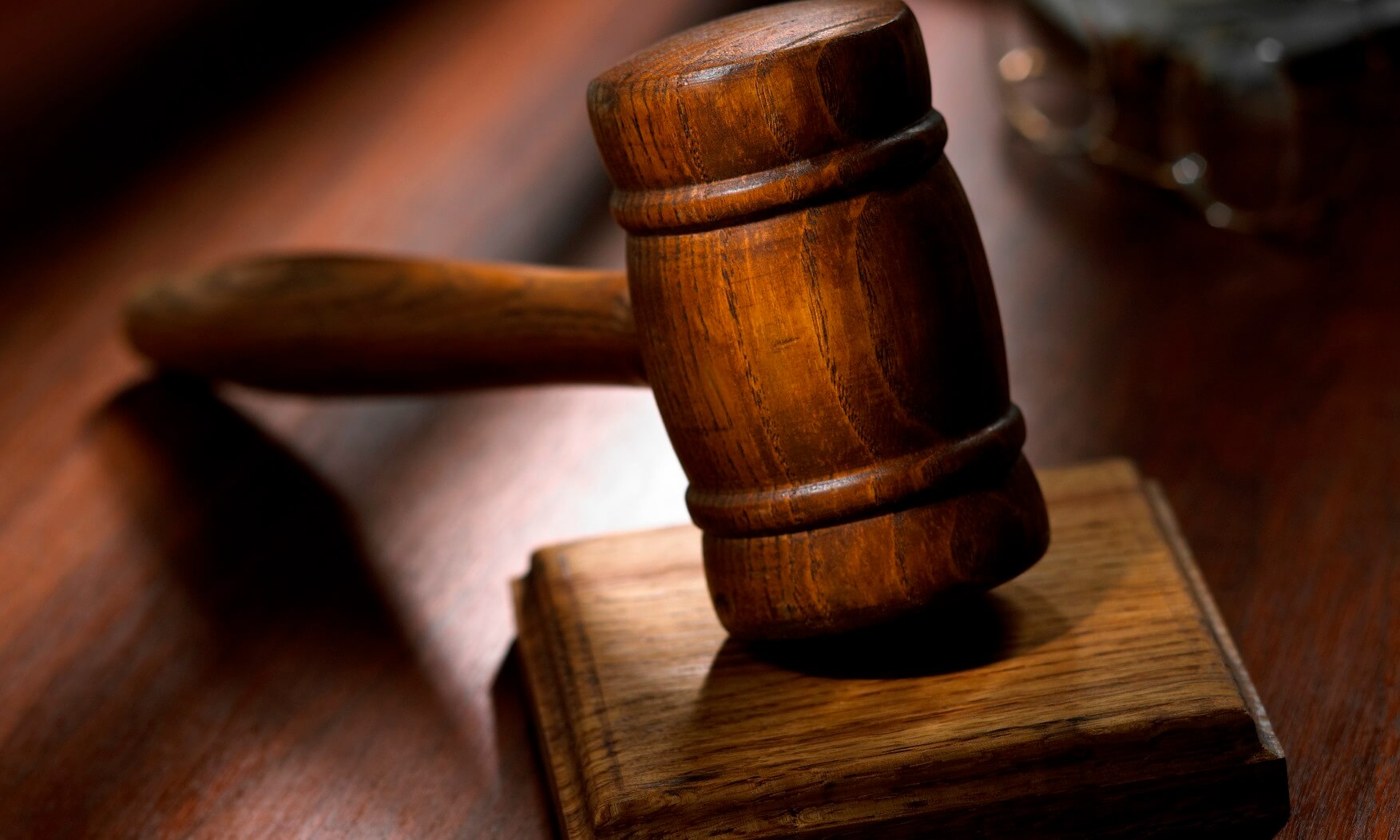
The Supreme Court’s ruling in the case of Plessy v. Ferguson upheld racial segregation in the United States. Learn how descendants of the opposing sides have come together.
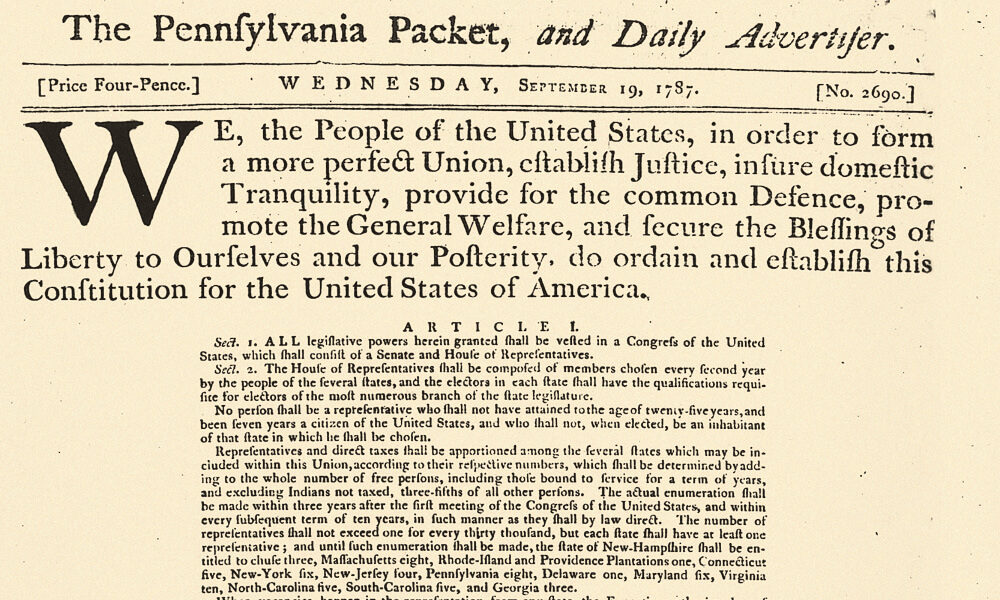
In 2017, a Pennsylvania historian found several slave narratives that had been published in a local newspaper in 1893. Read this article to learn more.
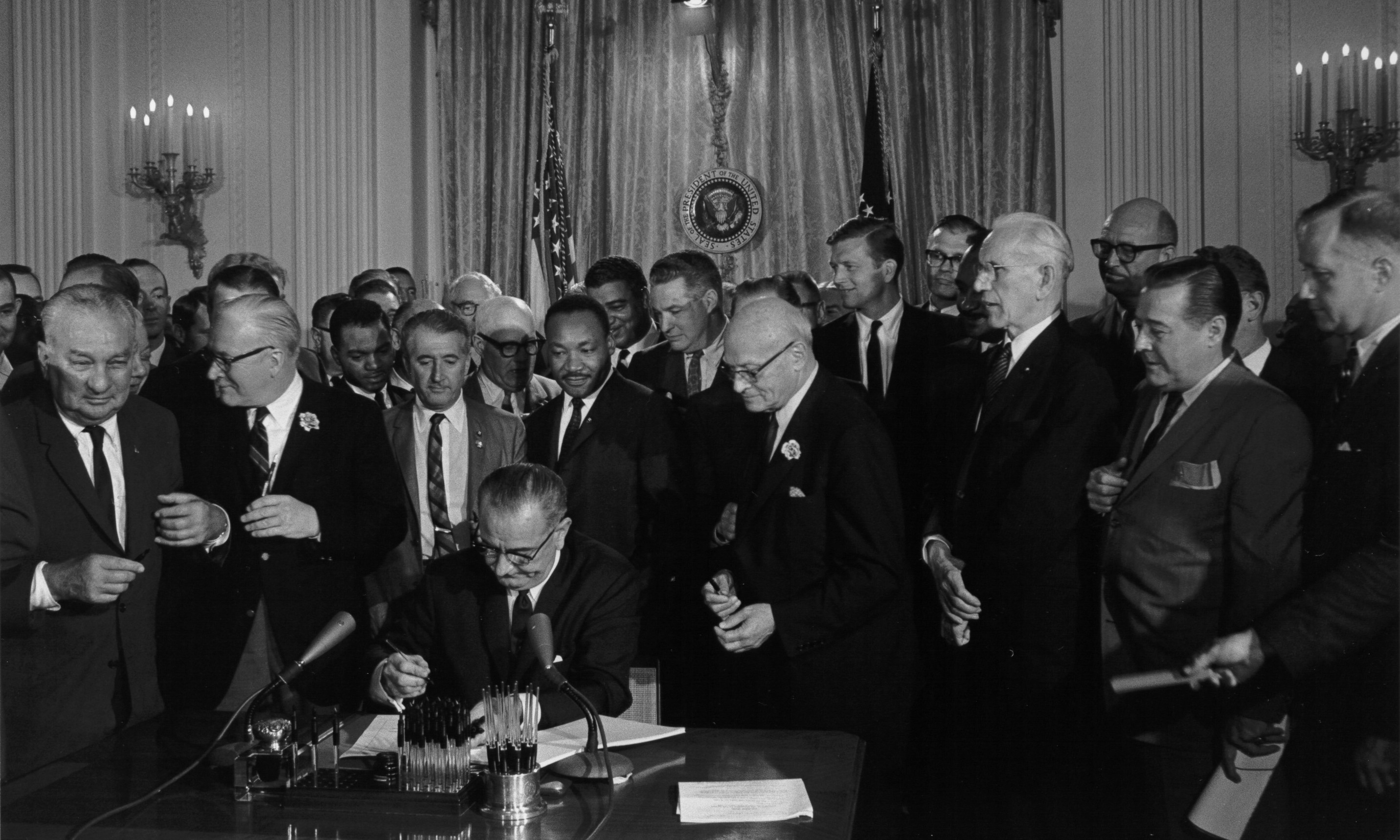
This article notes some of the key players in the passing of the Civil Rights Act. Roll over the hotspots in the image to find out more about each person.
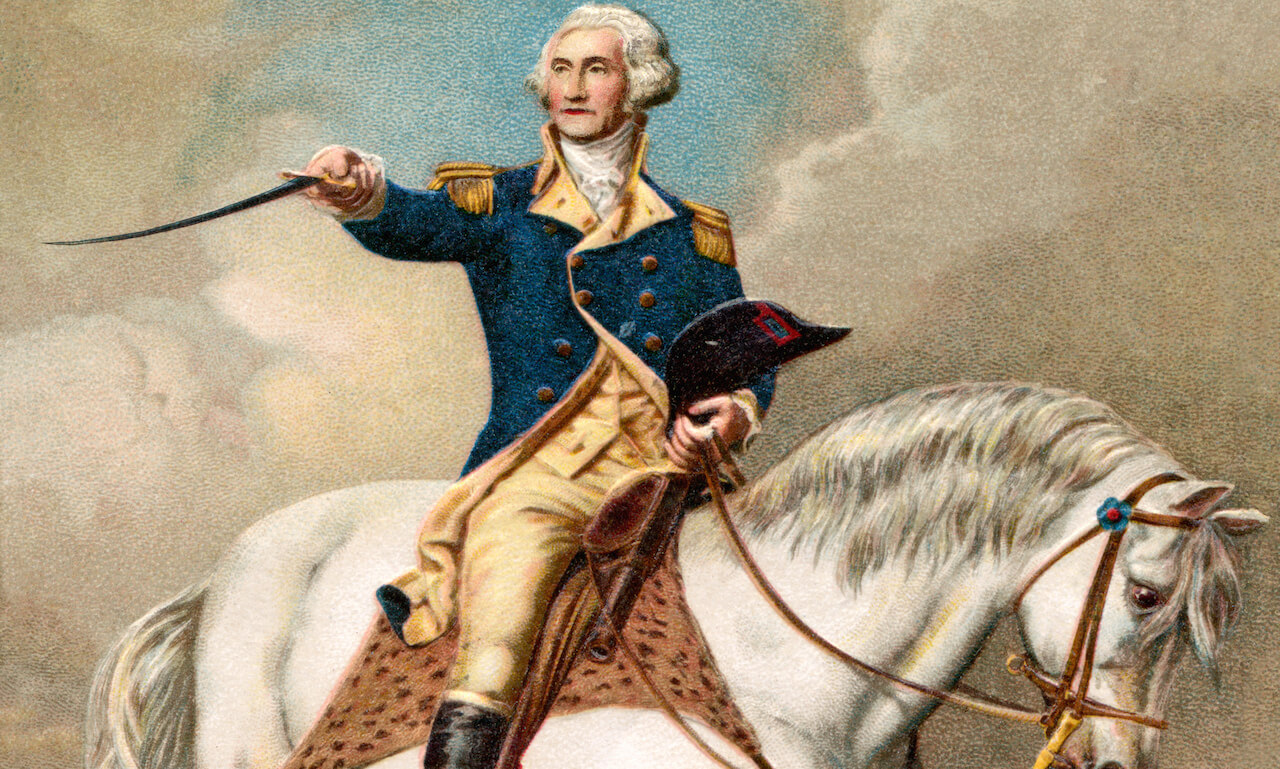
Learn how an uncovered painting provided historians with new details of George Washington’s army.
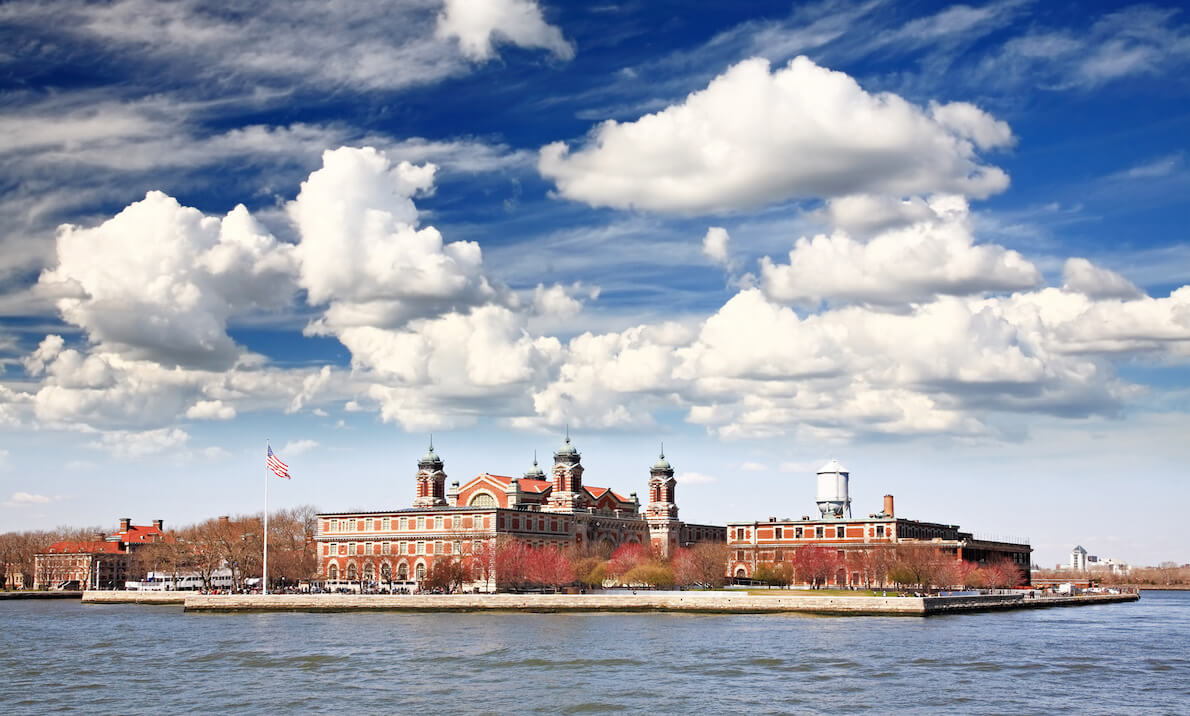
This article inlcudes an overview of the importance of Ellis Island in the history of immigration in the United States. It then provides a more detailed timeline of happenings on the island.
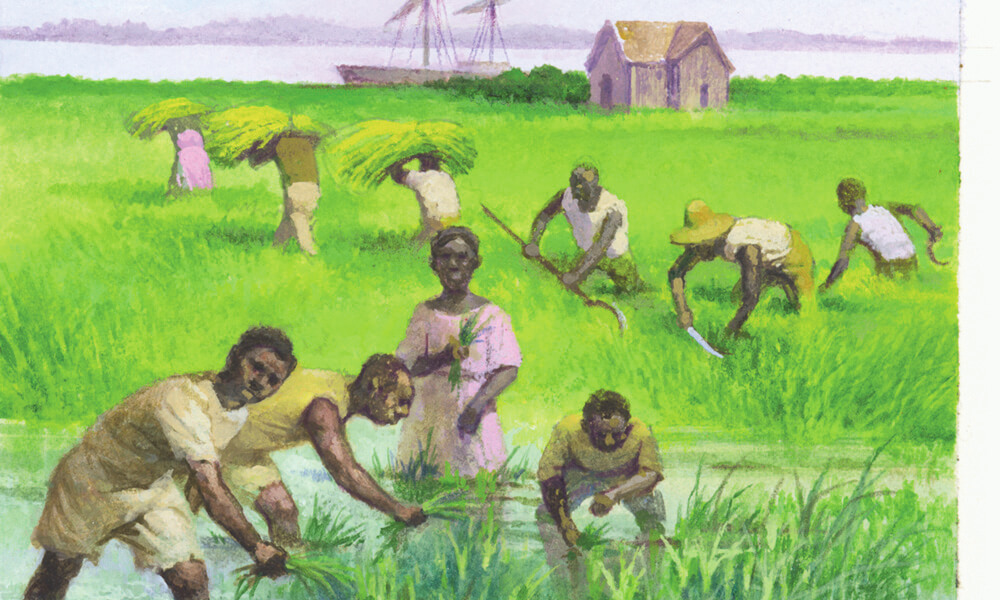
Why might singing be important for laboring slaves? Click this link to learn more about the important roles folksongs called spirituals played in the lives of slaves.
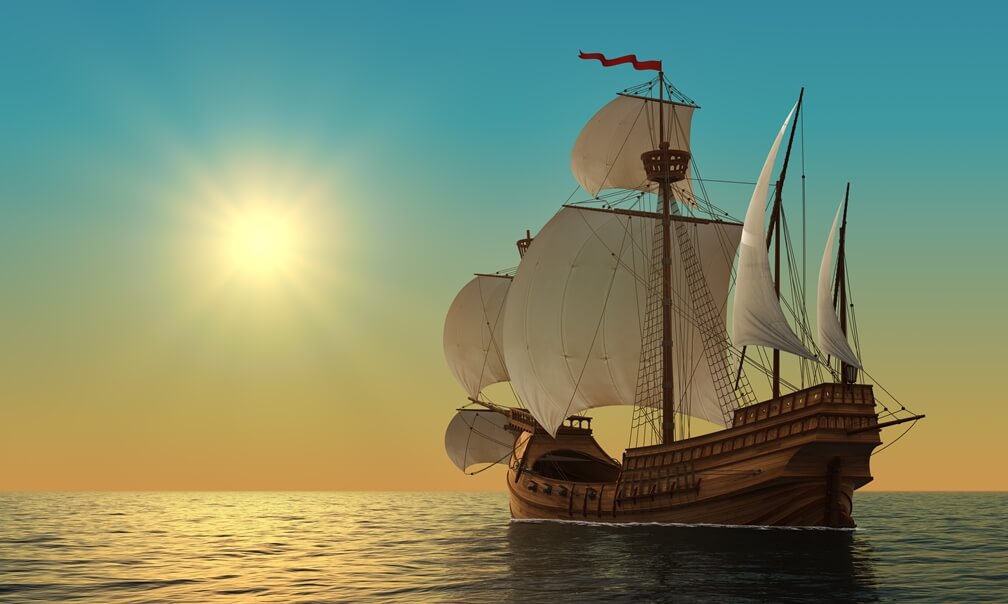
The great explorer Christopher Columbus left Spain in 1492 on a voyage of exploration. The 3 ships he set off with were believed to be “technology that was far ahead of its time”. Think of this connection and about why this article appears on The American Society of Mechanical Engineers website.
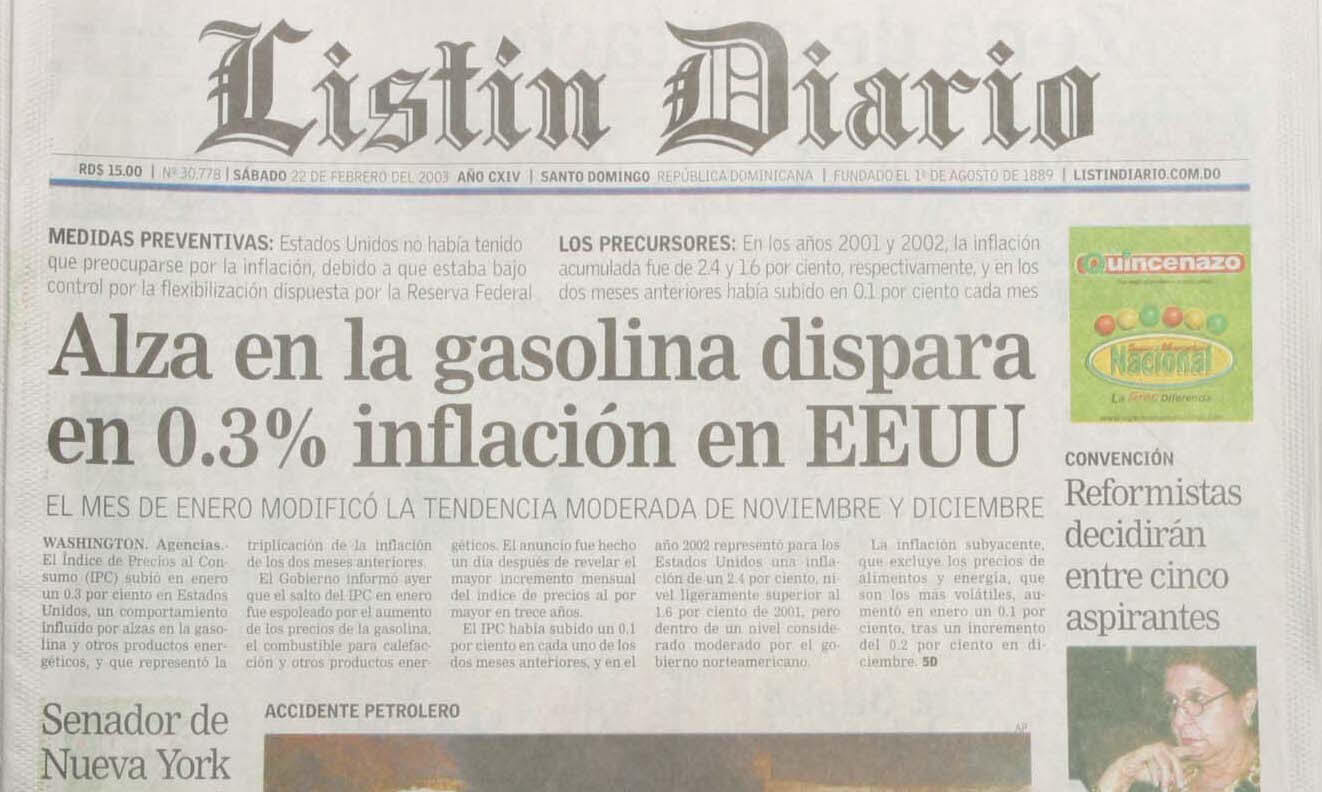
Read about the contributions of foreign-language and ethnic media in the United States.
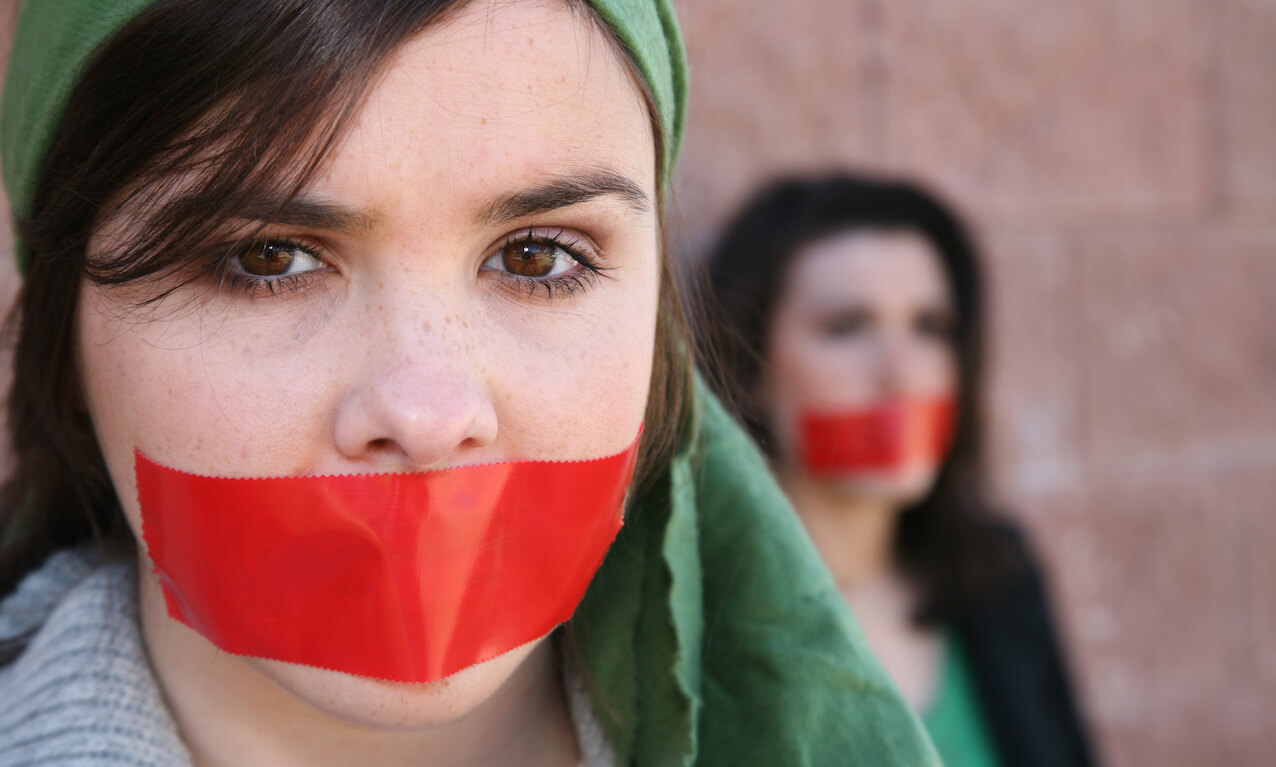
Writer Maisie Skidmore discusses the power of photography to record protest movements.
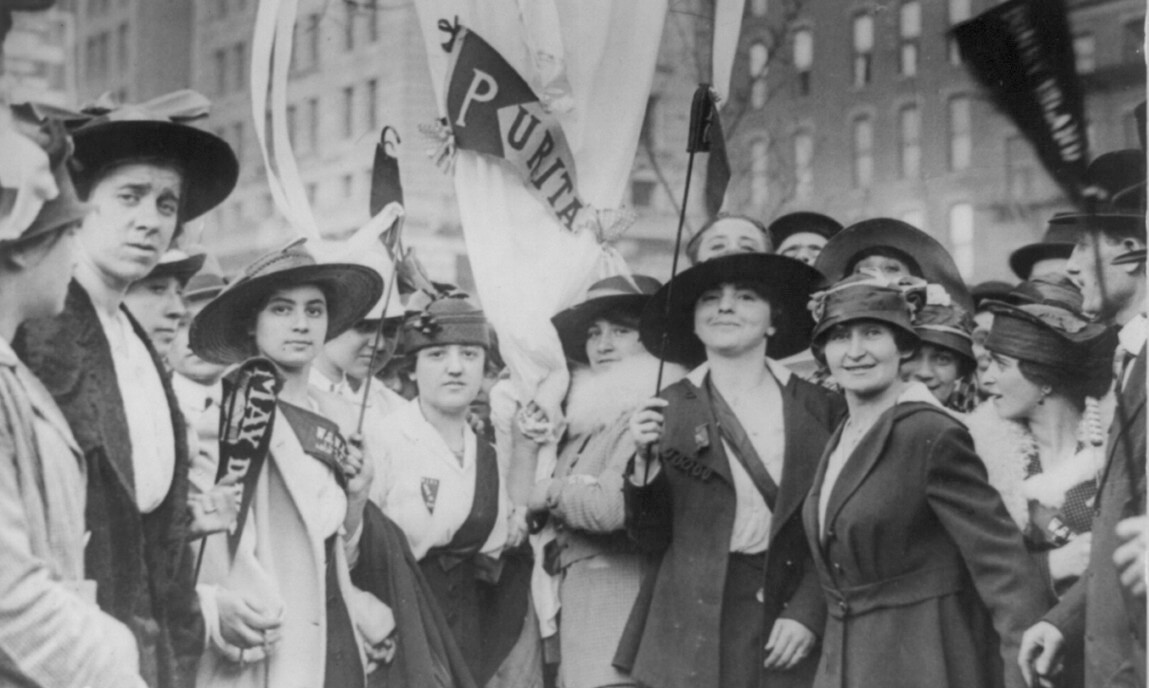
In the early 1800s, the women who worked in Massachussetts textile mills organized to fight for better working conditions.
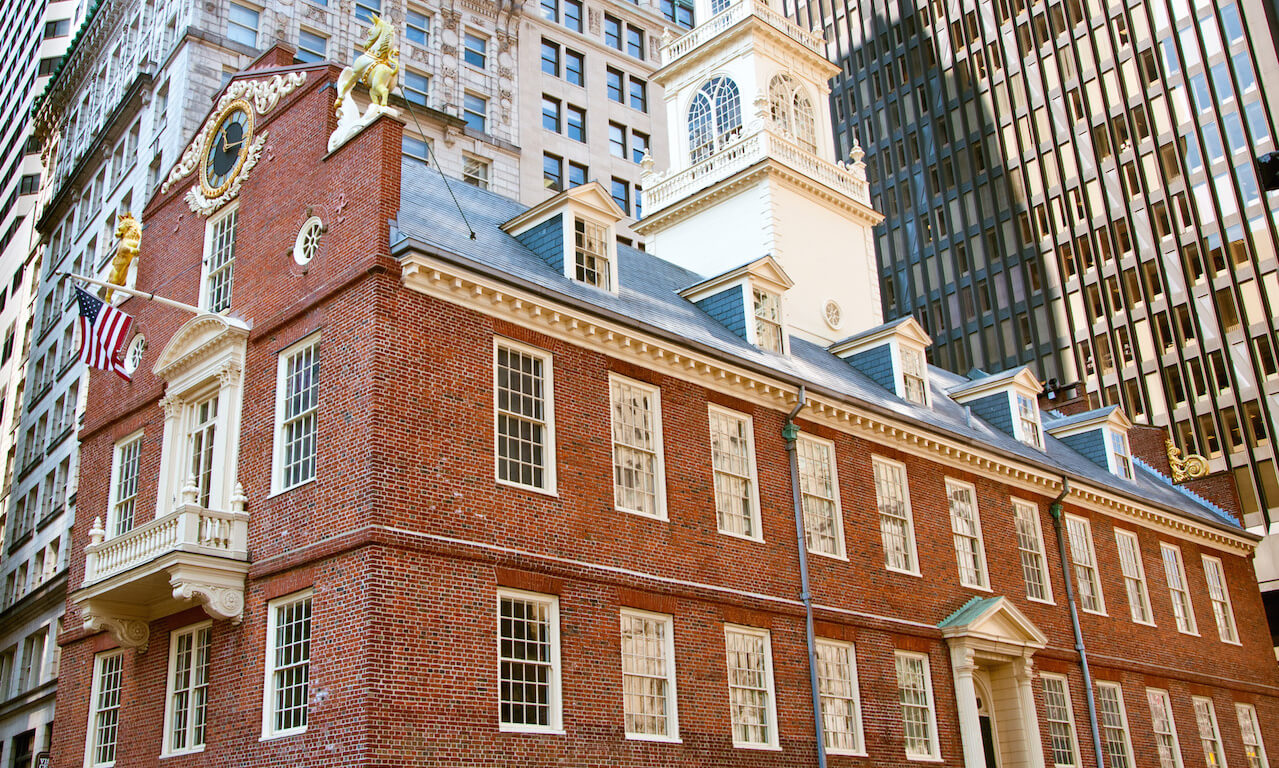
Learn how James Otis, Jr., inpsired early revolutionary thinking with fiery speeches against British rule.
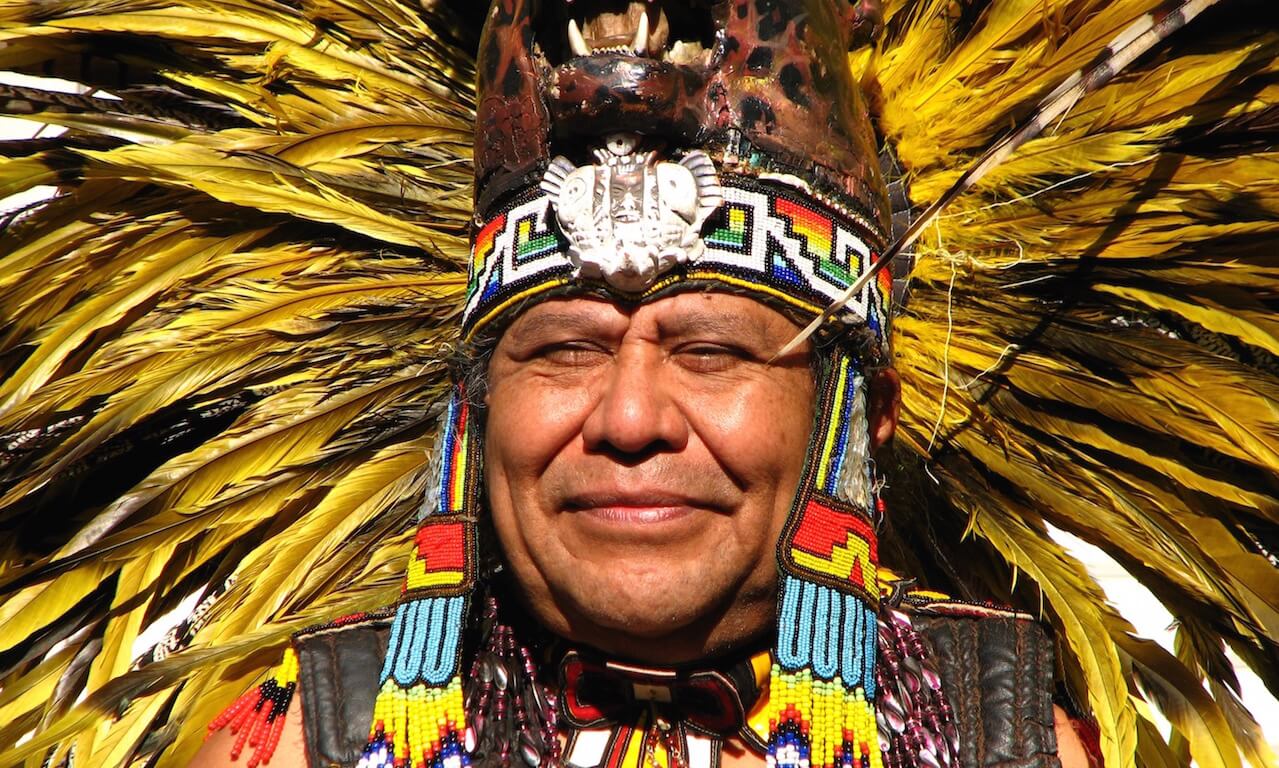
In this article, the writer explores the history and context of Native American team names and logos.
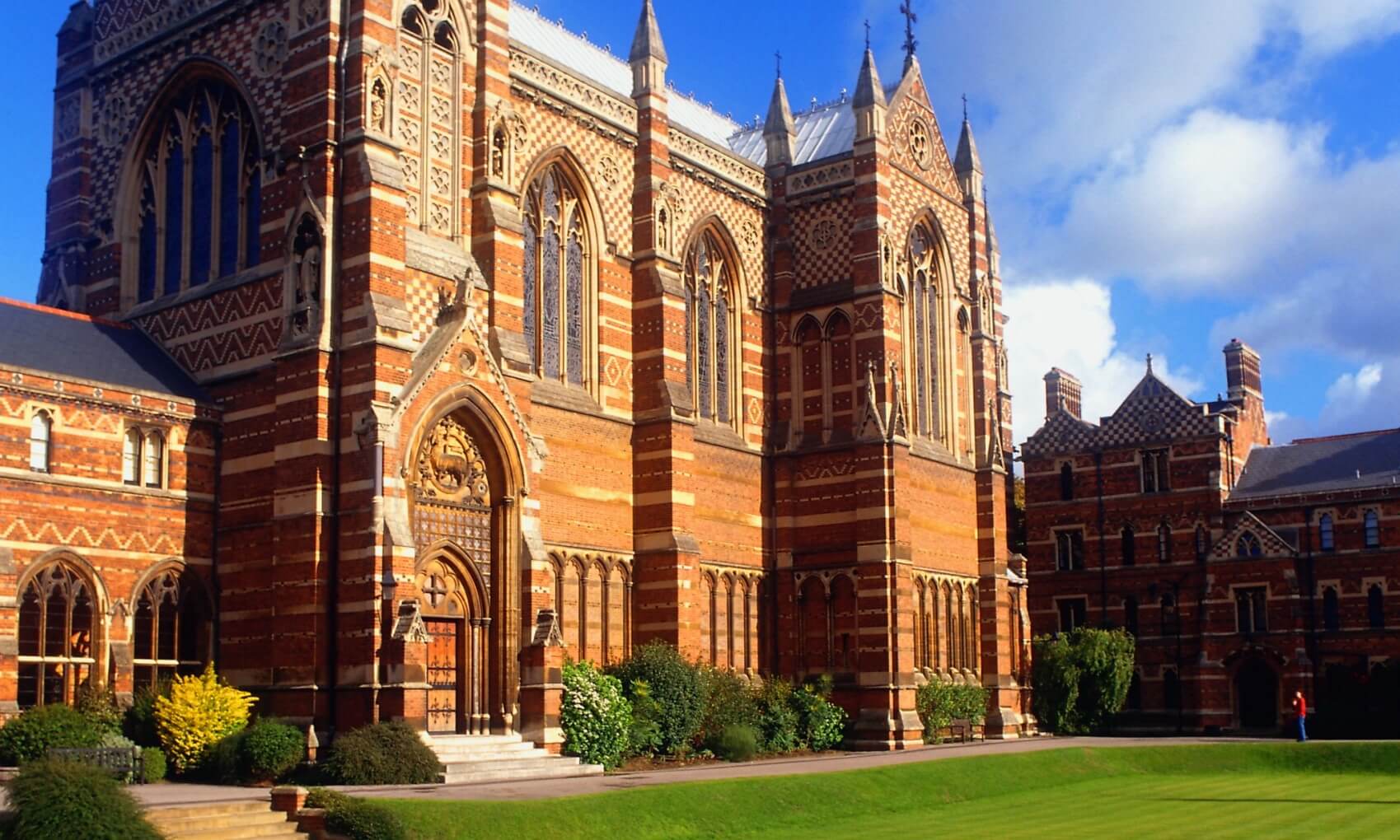
Shakespeare’s source material, Holinshed’s Chronicles, appeared in two versions. Scholars from Oxford University have recently made side-by-side comparisons available online.
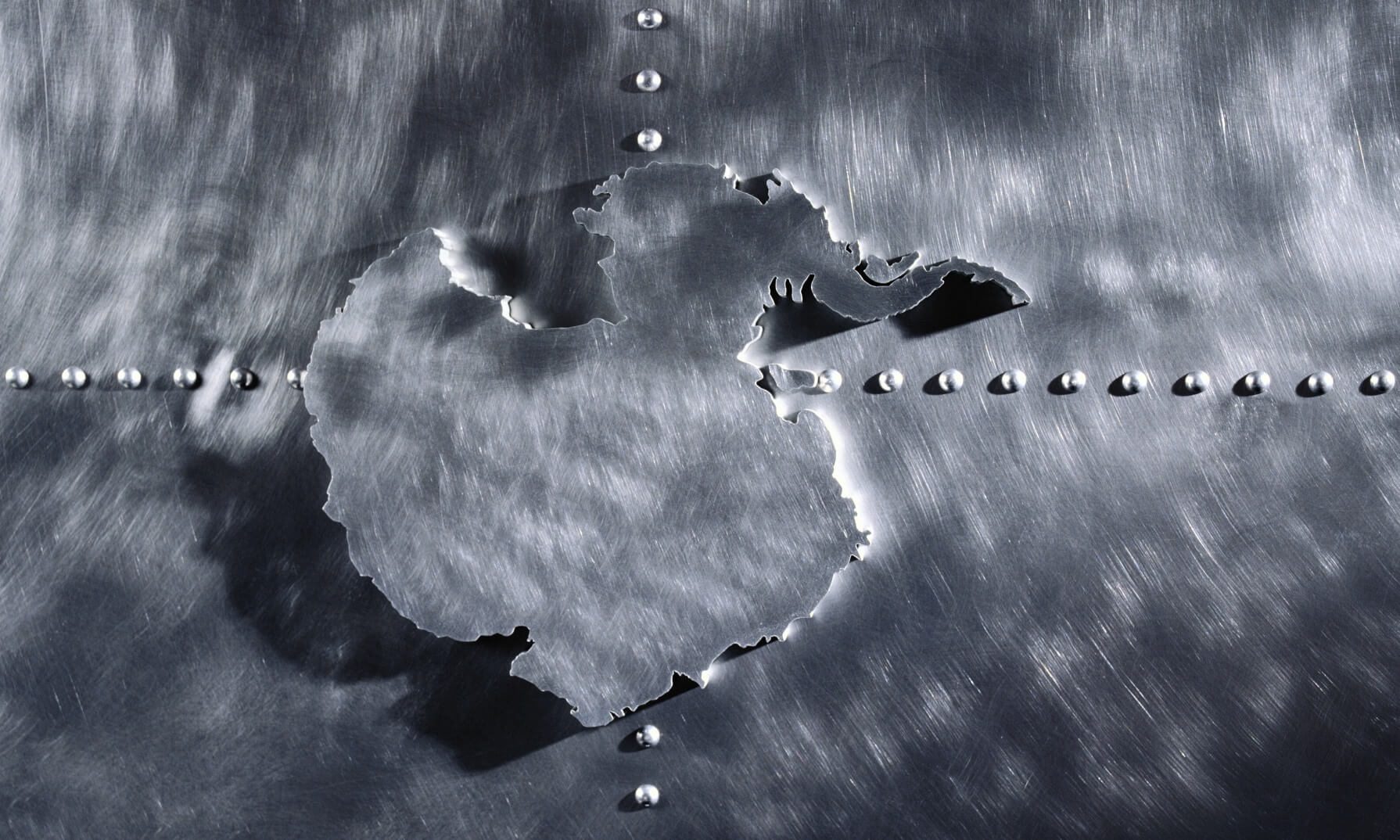
Arctic explorer Ernest Shackleton is said to have advertised for companions: “Low wages, bitter cold, long hours of complete darkness. Safe return doubtful.” But did he really?

HISTORY has put together this list of interesting information about the French and Indian War.